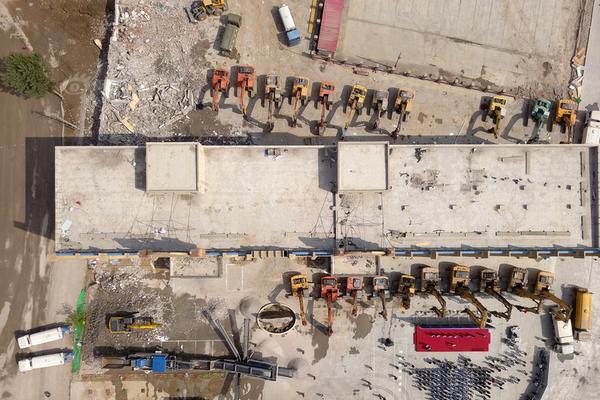
The movement characteristics of the rotor engine are that while the center of the triangular rotor rotates around the center of the output shaft, the triangular rotor itself revolves around its center. Self-turning.
Features of rotor engine The rotor engine can directly convert the combustion expansion force of combustible gas into driving torque. Compared with reciprocating engines, rotor engines eliminate useless linear motion, so rotor engines of the same power are smaller in size, lighter in weight, and have lower vibration and noise.
The rotor has the characteristics of small size, relatively simple structure, good acceleration performance and stable operation. Because the rotor engine rotates and does not reciprocate like ordinary piston engines (except for the star engine of the aircraft), its vibration is much smaller and the volume is easy to control.
Small and stable. High efficiency. The disadvantage is that the sealing problem in the cylinder has not been well solved. The technology is very difficult.
Engine braking refers to lifting the accelerator pedal but not leaving the engine, using the compression resistance, internal friction and intake and exhaust resistance generated by the compression stroke of the engine. The force forms a braking effect on the driving wheel.
Most piston aviation engines are four-stroke engines, that is, one cylinder completes a working cycle, and the piston undergoes four strokes in the cylinder, which are intake stroke, compression stroke, expansion stroke and exhaust stroke.
Combustion chemical principle: After mixing gasoline or diesel with air, it burns in the cylinder, emits heat and chemical energy, drives the piston movement, and drives the crankshaft to rotate. Principle of thermodynamics: When the engine burns inside, high-temperature and high-pressure gas is produced, and there is a thermodynamic relationship between the temperature, pressure and volume of the gas.
The working principle of the engine is air intake-compression-fuel injection-combustion-expansion work-exhaust. The following is the working process of the engine: in the intake stroke, the working quality entering the cylinder is pure air. Due to the low resistance of the intake system of the diesel engine, the pressure of the intake terminal PA=(0.85~0.95) P0 is higher than the gasoline engine.
Engine working principle: intake stroke, compression stroke, working stroke, exhaust stroke.
As shown in Figure (1), the first step of the engine is the intake stroke, that is, to provide sufficient combustible mixed gas (or fresh air) into the cylinder. At the beginning of the intake stroke, the crankshaft rotates to drive the piston from the upper stop point to the lower stop point. At this time, the exhaust valve is closed and the intake valve is opened.

1. The difference between the rotor engine and the traditional reciprocating engine: the expansion pressure is different: the expansion pressure of the rotor engine is on the side of the rotor, and the three sides of the rotor are pushed to the center of the eccentric shaft; the expansion pressure of the reciprocating engine is pushed down, and the mechanical force is transmitted to the connecting rod to drive the crankshaft to rotate.
2. Different properties: rotor engines rely on the expansion pressure generated by air-fuel mixed gas combustion to obtain rotational power. An engine is a machine that can convert other forms of energy into mechanical energy. For example, an internal combustion engine usually converts chemical energy into mechanical energy.
3. There are the following differences: there are fewer moving parts. Compared with the four-stroke piston engine, the rotor engine has much fewer moving parts. The dual-rotor engine has three main moving parts: two rotors and one output shaft.
High fuel consumption and heavy pollution. Because there is no high compression ratio of the reciprocating engine, the combustion is not sufficient.
The parts are severely worn and the service life is short. Because there is only one radial seal between the adjacent chambers of the triangular rotor engine, the radial seal is always in contact with the cylinder block line, and the position of contact with the cylinder block is always changing, so the three combustion chambers are not completely isolated, and the radial seal wears out quickly.
The fuel consumption of the rotor engine is relatively high: this is mainly because the shape of the combustion chamber of the rotor engine is not conducive to complete combustion, and the flame propagation path is long, which increases the consumption of fuel and oil. Moreover, the rotor engine can only use the ignition type, not the compressed combustion type, so it is impossible to use diesel.
Disadvantages: The fuel consumption of the rotor engine is relatively high, mainly because the shape of the rotor engine combustion chamber is not conducive to complete combustion, and the flame propagation path is long, which increases the consumption of fuel and oil.
1. The rotor structure and working principle The rotor engine consists of three key parts: compressor, combustion chamber and turbine. First, the air passes through the compressor, and the rotating rotor compresses and accelerates the air.When the air enters the combustion chamber, the fuel injector injects in, ignites combustion, and releases high-temperature and high-pressure gas.
2. Rotor The role of the rotor is like a piston and connecting rod in a reciprocating engine. In terms of appearance, in order to make the shape of the inner package route, it is designed as a triangular cone (the groove on the side is related to the compression ratio). According to the state of rotation, the intake and exhaust port will automatically open and close, so It has the function of inlet and exhaust door.
3. First of all, the rotation angle of each process: the reciprocating engine rotates 180 degrees, while the rotor engine rotates 270 degrees, which is 5 times that of the reciprocating engine.
4. Working principle: Modern rotor engines are composed of a cocoon-shaped shell (a triangular rotor is placed in it). The space between the rotor and the housing wall is used as an internal combustion chamber, which drives the rotor to rotate through the pressure of gas expansion.
5. Generally, the engine is a reciprocating motion engine. When working, the piston makes a reciprocating linear motion in the cylinder. In order to convert the linear motion of the piston into a rotary motion, the crank connecting rod mechanism must be used. The rotor engine is different. It directly converts the combustion expansion force of combustible gas into driving torque.
The following is an introduction to the reasons for the prohibition of Mazda's rotor engine: the uniqueness of the rotor engine: unlike the traditional revolving plug engine, the rotor engine abandons the reciprocating linear motion and directly promotes the triangular rotor rotation through gas thrust.
Our general turbocharged engines and naturally aspirated engines carry out reciprocating motion, and the piston makes a reciprocating linear motion in the cylinder.
*Meat and poultry HS code references-APP, download it now, new users will receive a novice gift pack.
The movement characteristics of the rotor engine are that while the center of the triangular rotor rotates around the center of the output shaft, the triangular rotor itself revolves around its center. Self-turning.
Features of rotor engine The rotor engine can directly convert the combustion expansion force of combustible gas into driving torque. Compared with reciprocating engines, rotor engines eliminate useless linear motion, so rotor engines of the same power are smaller in size, lighter in weight, and have lower vibration and noise.
The rotor has the characteristics of small size, relatively simple structure, good acceleration performance and stable operation. Because the rotor engine rotates and does not reciprocate like ordinary piston engines (except for the star engine of the aircraft), its vibration is much smaller and the volume is easy to control.
Small and stable. High efficiency. The disadvantage is that the sealing problem in the cylinder has not been well solved. The technology is very difficult.
Engine braking refers to lifting the accelerator pedal but not leaving the engine, using the compression resistance, internal friction and intake and exhaust resistance generated by the compression stroke of the engine. The force forms a braking effect on the driving wheel.
Most piston aviation engines are four-stroke engines, that is, one cylinder completes a working cycle, and the piston undergoes four strokes in the cylinder, which are intake stroke, compression stroke, expansion stroke and exhaust stroke.
Combustion chemical principle: After mixing gasoline or diesel with air, it burns in the cylinder, emits heat and chemical energy, drives the piston movement, and drives the crankshaft to rotate. Principle of thermodynamics: When the engine burns inside, high-temperature and high-pressure gas is produced, and there is a thermodynamic relationship between the temperature, pressure and volume of the gas.
The working principle of the engine is air intake-compression-fuel injection-combustion-expansion work-exhaust. The following is the working process of the engine: in the intake stroke, the working quality entering the cylinder is pure air. Due to the low resistance of the intake system of the diesel engine, the pressure of the intake terminal PA=(0.85~0.95) P0 is higher than the gasoline engine.
Engine working principle: intake stroke, compression stroke, working stroke, exhaust stroke.
As shown in Figure (1), the first step of the engine is the intake stroke, that is, to provide sufficient combustible mixed gas (or fresh air) into the cylinder. At the beginning of the intake stroke, the crankshaft rotates to drive the piston from the upper stop point to the lower stop point. At this time, the exhaust valve is closed and the intake valve is opened.

1. The difference between the rotor engine and the traditional reciprocating engine: the expansion pressure is different: the expansion pressure of the rotor engine is on the side of the rotor, and the three sides of the rotor are pushed to the center of the eccentric shaft; the expansion pressure of the reciprocating engine is pushed down, and the mechanical force is transmitted to the connecting rod to drive the crankshaft to rotate.
2. Different properties: rotor engines rely on the expansion pressure generated by air-fuel mixed gas combustion to obtain rotational power. An engine is a machine that can convert other forms of energy into mechanical energy. For example, an internal combustion engine usually converts chemical energy into mechanical energy.
3. There are the following differences: there are fewer moving parts. Compared with the four-stroke piston engine, the rotor engine has much fewer moving parts. The dual-rotor engine has three main moving parts: two rotors and one output shaft.
High fuel consumption and heavy pollution. Because there is no high compression ratio of the reciprocating engine, the combustion is not sufficient.
The parts are severely worn and the service life is short. Because there is only one radial seal between the adjacent chambers of the triangular rotor engine, the radial seal is always in contact with the cylinder block line, and the position of contact with the cylinder block is always changing, so the three combustion chambers are not completely isolated, and the radial seal wears out quickly.
The fuel consumption of the rotor engine is relatively high: this is mainly because the shape of the combustion chamber of the rotor engine is not conducive to complete combustion, and the flame propagation path is long, which increases the consumption of fuel and oil. Moreover, the rotor engine can only use the ignition type, not the compressed combustion type, so it is impossible to use diesel.
Disadvantages: The fuel consumption of the rotor engine is relatively high, mainly because the shape of the rotor engine combustion chamber is not conducive to complete combustion, and the flame propagation path is long, which increases the consumption of fuel and oil.
1. The rotor structure and working principle The rotor engine consists of three key parts: compressor, combustion chamber and turbine. First, the air passes through the compressor, and the rotating rotor compresses and accelerates the air.When the air enters the combustion chamber, the fuel injector injects in, ignites combustion, and releases high-temperature and high-pressure gas.
2. Rotor The role of the rotor is like a piston and connecting rod in a reciprocating engine. In terms of appearance, in order to make the shape of the inner package route, it is designed as a triangular cone (the groove on the side is related to the compression ratio). According to the state of rotation, the intake and exhaust port will automatically open and close, so It has the function of inlet and exhaust door.
3. First of all, the rotation angle of each process: the reciprocating engine rotates 180 degrees, while the rotor engine rotates 270 degrees, which is 5 times that of the reciprocating engine.
4. Working principle: Modern rotor engines are composed of a cocoon-shaped shell (a triangular rotor is placed in it). The space between the rotor and the housing wall is used as an internal combustion chamber, which drives the rotor to rotate through the pressure of gas expansion.
5. Generally, the engine is a reciprocating motion engine. When working, the piston makes a reciprocating linear motion in the cylinder. In order to convert the linear motion of the piston into a rotary motion, the crank connecting rod mechanism must be used. The rotor engine is different. It directly converts the combustion expansion force of combustible gas into driving torque.
The following is an introduction to the reasons for the prohibition of Mazda's rotor engine: the uniqueness of the rotor engine: unlike the traditional revolving plug engine, the rotor engine abandons the reciprocating linear motion and directly promotes the triangular rotor rotation through gas thrust.
Our general turbocharged engines and naturally aspirated engines carry out reciprocating motion, and the piston makes a reciprocating linear motion in the cylinder.
*Global commodity price tracking
author: 2024-12-24 01:24Trade compliance training resources
author: 2024-12-24 00:57Global trade scenario planning
author: 2024-12-24 00:54Global trade forecasting tools
author: 2024-12-23 23:39Real-time supply chain financing insights
author: 2024-12-23 23:08HS code-based opportunity in emerging economies
author: 2024-12-23 23:51Agriculture trade data by HS code
author: 2024-12-23 23:26HS code-led regulatory frameworks
author: 2024-12-23 23:26How to standardize trade documentation
author: 2024-12-23 23:09HS code-based competitor benchmarking
author: 2024-12-23 23:07 HS code mapping for duty optimization
HS code mapping for duty optimization
634.89MB
Check Predictive trade data modeling
Predictive trade data modeling
593.32MB
Check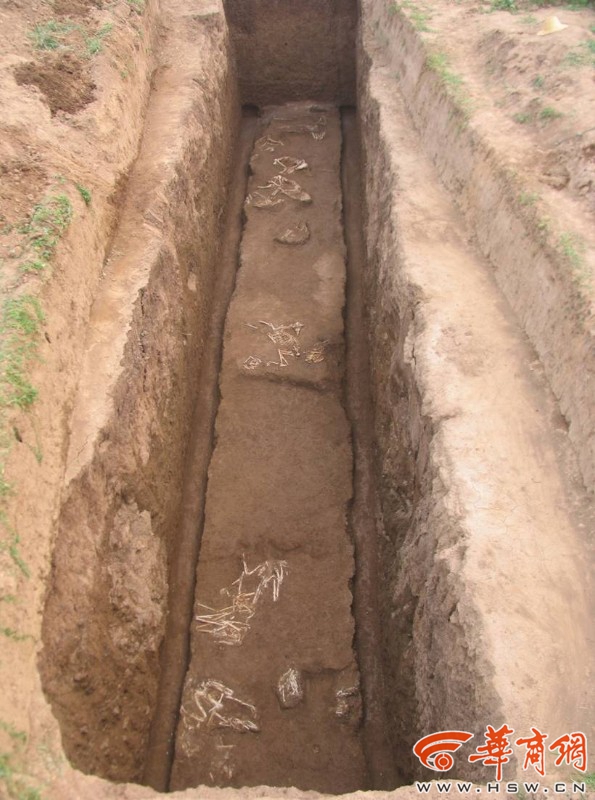 Global trade scenario planning
Global trade scenario planning
234.59MB
Check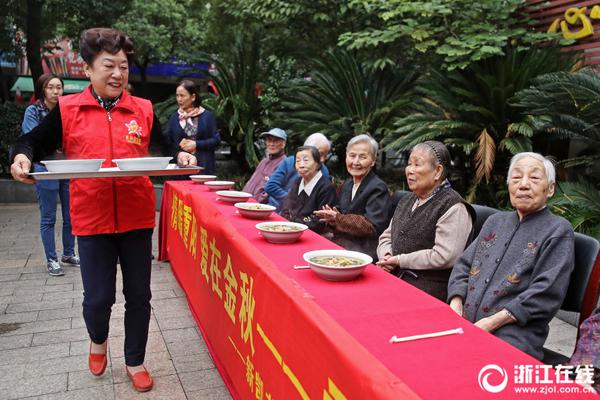 Europe import export statistics
Europe import export statistics
759.68MB
Check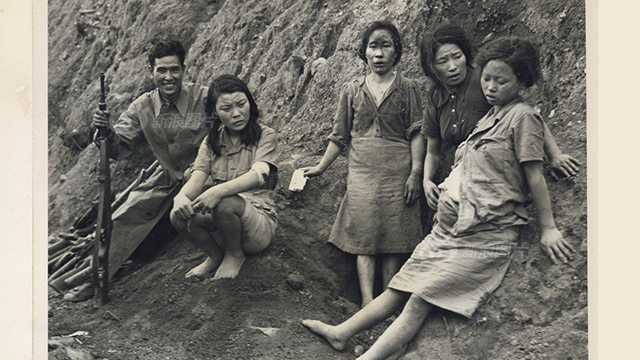 How to access niche export markets
How to access niche export markets
881.12MB
Check Food processing HS code insights
Food processing HS code insights
316.65MB
Check Customizable shipment reports
Customizable shipment reports
146.42MB
Check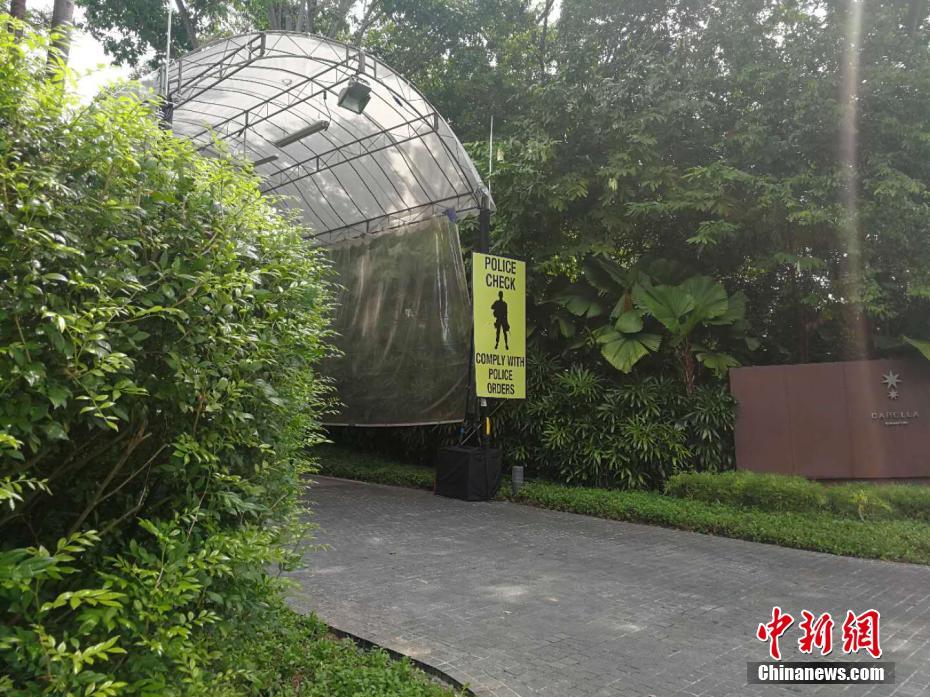 international trade research
international trade research
843.22MB
Check HS code tagging in tariff databases
HS code tagging in tariff databases
836.52MB
Check Granular HS code detail for compliance officers
Granular HS code detail for compliance officers
181.98MB
Check HS code-based re-exports in free zones
HS code-based re-exports in free zones
815.25MB
Check Agriculture import export insights
Agriculture import export insights
384.17MB
Check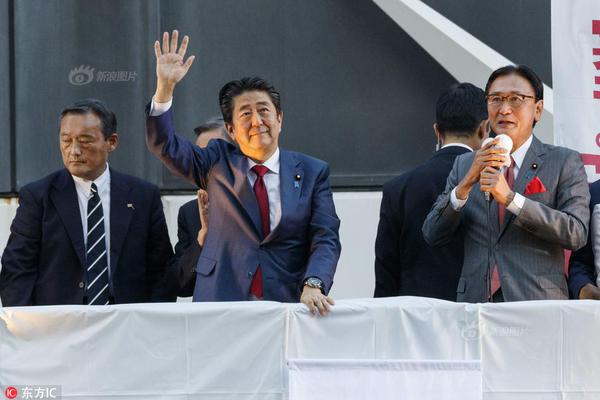 Latin America export data visualization
Latin America export data visualization
329.35MB
Check Trade compliance automation tools
Trade compliance automation tools
391.54MB
Check HS code application in re-export scenarios
HS code application in re-export scenarios
776.21MB
Check Deriving product origin via HS code
Deriving product origin via HS code
956.25MB
Check Inland freight HS code applicability
Inland freight HS code applicability
869.15MB
Check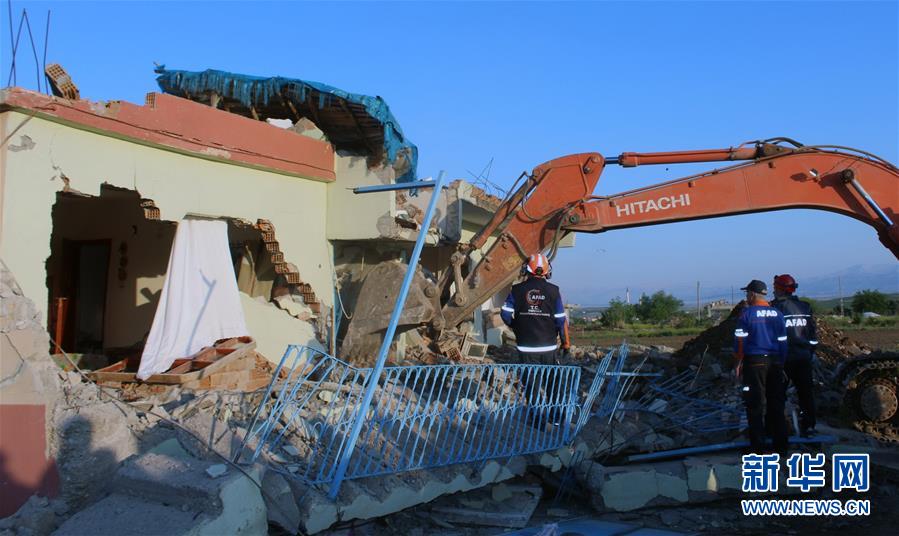 Supplier risk profiling with trade data
Supplier risk profiling with trade data
115.59MB
Check Top trade data trends reports
Top trade data trends reports
119.27MB
Check HS code-driven logistics partner selection
HS code-driven logistics partner selection
691.15MB
Check import export database
import export database
261.34MB
Check Global supply chain partner networks
Global supply chain partner networks
487.35MB
Check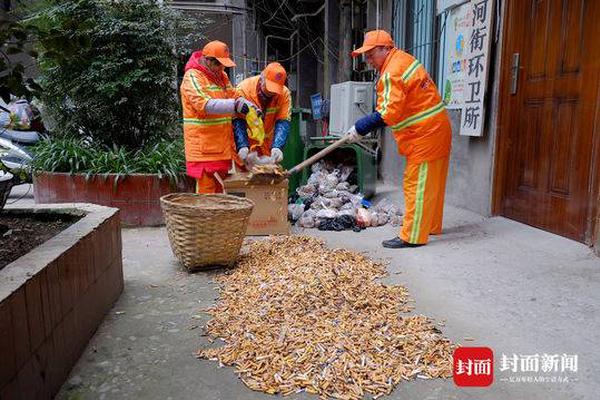 Global import export freight indexes
Global import export freight indexes
391.14MB
Check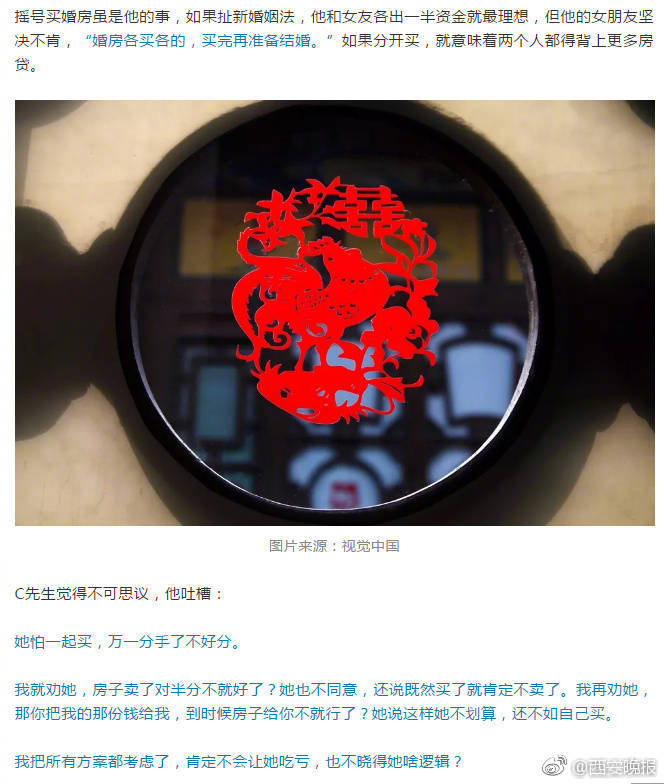 Real-time delivery time predictions
Real-time delivery time predictions
924.89MB
Check Food additives HS code classification
Food additives HS code classification
467.78MB
Check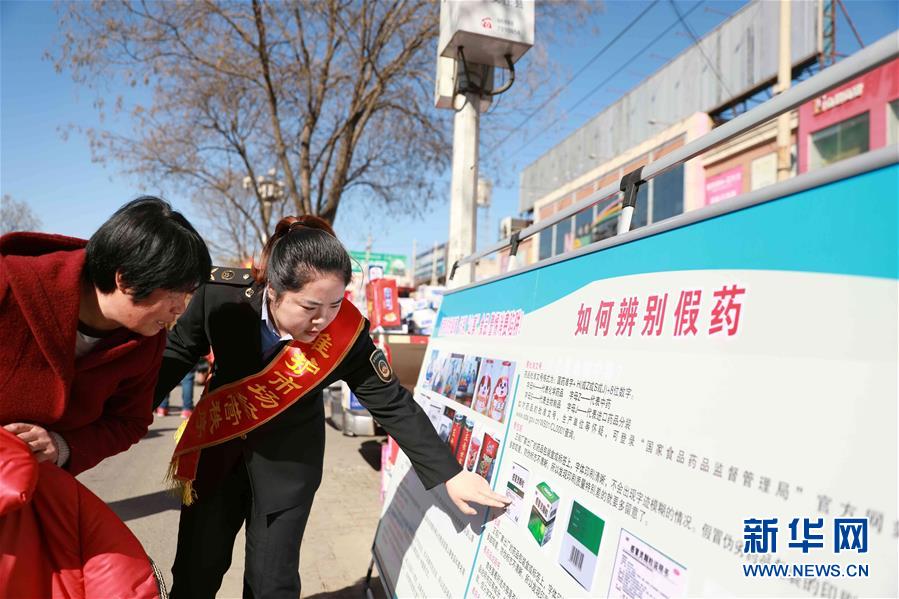 Niche pharmaceuticals HS code verification
Niche pharmaceuticals HS code verification
651.15MB
Check Non-tariff barriers by HS code
Non-tariff barriers by HS code
339.52MB
Check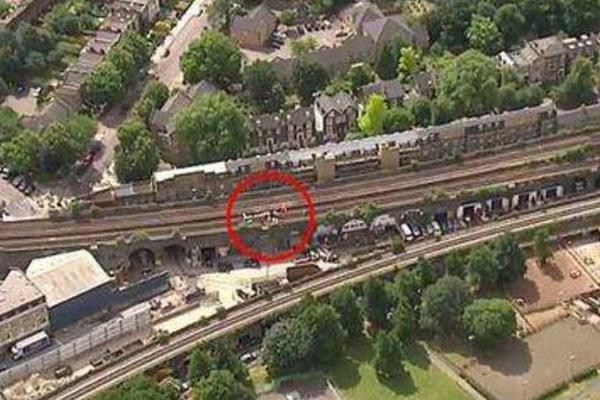 How to simplify multi-leg shipments
How to simplify multi-leg shipments
774.59MB
Check How to manage cross-border complexity
How to manage cross-border complexity
278.19MB
Check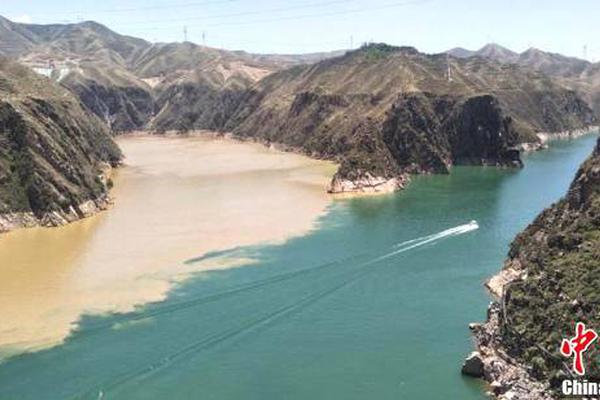 Trade data for metal commodities
Trade data for metal commodities
144.48MB
Check Expert tips on customs data usage
Expert tips on customs data usage
241.84MB
Check trade data services
trade data services
826.64MB
Check Global trade documentation standards
Global trade documentation standards
477.14MB
Check Australia HS code tariff insights
Australia HS code tariff insights
725.22MB
Check Import data trends visualization
Import data trends visualization
449.23MB
Check How to measure supplier performance
How to measure supplier performance
644.99MB
Check
Scan to install
Meat and poultry HS code references to discover more
Netizen comments More
1134 Real-time import duties calculator
2024-12-24 00:59 recommend
432 How to ensure transparency in supply chains
2024-12-24 00:00 recommend
1792 North American HS code tariff structures
2024-12-23 23:45 recommend
1194 Apparel HS code mapping for global exports
2024-12-23 23:09 recommend
731 Country-wise HS code tariff relief
2024-12-23 23:08 recommend